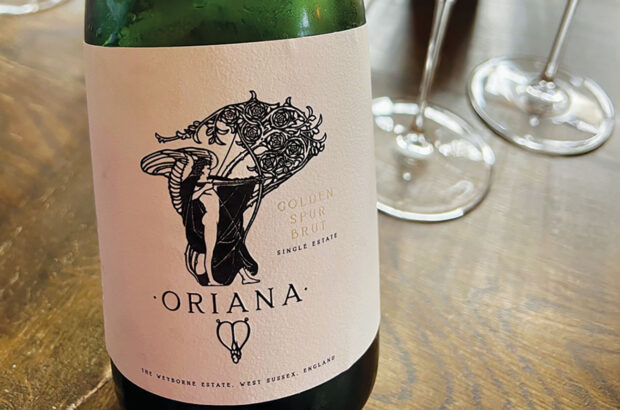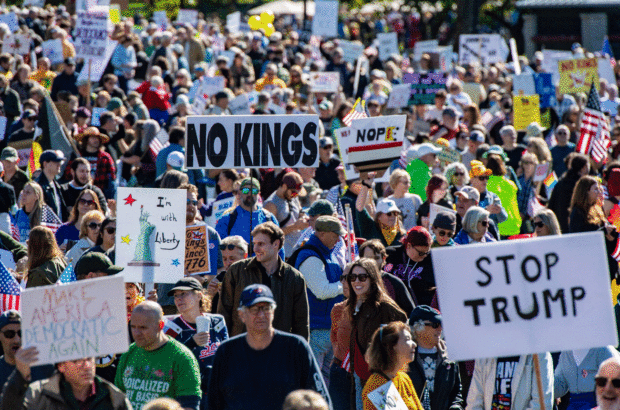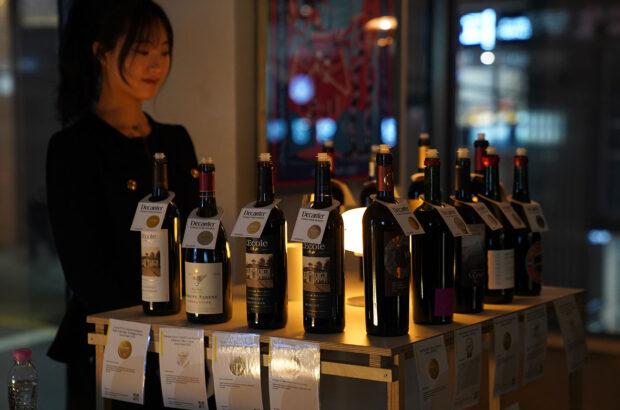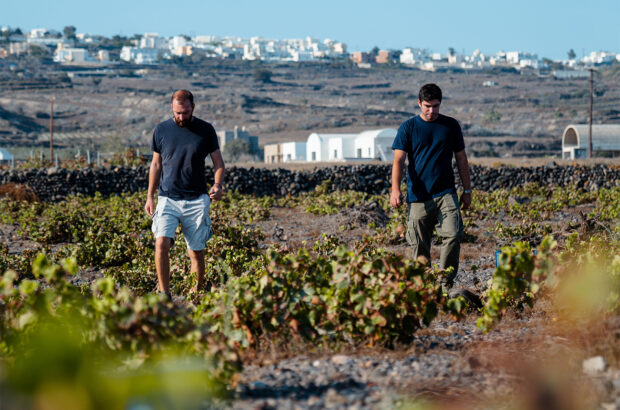Nestled west of Lake Garda lies the enchanting area of Franciacorta, celebrated for its sparkling wines crafted using the traditional method (‘metodo classico’) – the same meticulous process that gives Champagne its effervescence.
The resulting wines are often lauded for their elegance, perfectly complementing the picturesque landscape where undulating vineyards gracefully slope towards the pristine waters of Lake Iseo, framed by the majestic silhouettes of the surrounding Alps. This tranquil ambience stands in stark contrast to the nearby industrial hubs of Bergamo and Brescia, both within easy reach.
Franciacorta offers a captivating experience for both discerning wine lovers and those who appreciate natural beauty. While Lake Iseo may be less famous than neighbouring Garda, it garnered international attention in 2016 with Christo and Jeanne-Claude’s monumental artwork, The Floating Piers. This striking installation featured 70,000 square metres of vibrant golden-yellow fabric draped over a modular system of floating walkways, stretching three kilometres across the lake and connecting the mainland town of Sulzano to the island of Monte Isola.

The Floating Piers, Franciacorta. Credit: Franciacorta Consortium
Cycling in Franciacorta
‘Monte Isola is a tranquil, car-free haven, boasting scenic hiking trails that wind through olive groves and culminate in breathtaking panoramic views. Access to this idyllic island is often via elegant Riva boats, which originate from here,’ explains cycling guide, Roberto Marini (RLS Movement).
The gentle, rolling terrain meanders through vineyards where Chardonnay, Pinot Bianco, Pinot Nero, and the indigenous Erbamat grape are cultivated. Cycling along the quiet country lanes feels remarkably safe and inviting. In Franciacorta, the unwavering focus of winemaking is on quality over quantity, forging a distinct identity separate from its Italian counterpart, Prosecco.
The Consortium in Franciacorta has created six different bike routes, all named after the region’s wines: Yellow path (‘Franciacorta Satèn’), Blue path (‘Franciacorta Pas Dosé’), Green path (‘Franciacorta Brut’), Red path (‘Franciacorta Rosé’), Black path (‘Franciacorta Extra Brut’) and White path (‘Franciacorta Millesimato’).
The routes are between 20km and 40km in length, making them very achievable in one day – especially on an e-bike – with plenty of time for winery stops and local bites en route.
‘Here in Franciacorta, there is a great mix of tourists and locals compared to other more famous wine regions in Italy, and it is still possible to immerse yourself into daily life’, says Roberto.
We stay at Agriturismo Locanda Le Quattro Terre, an elegant agriturismo offering homemade breakfast, and clean and simple rooms immersed in the countryside. A strategic base for bike touring.
The big hitters
One of our first stops is at Berlucchi, which pioneered the first metodo classico sparkling wine in the region in 1961. The winery has long been at the forefront of wine tourism. Siblings Arturo, Paolo and Cristina Ziliani are three dynamic figures setting a high standard for everything they do in the region.
‘I went to Napa Valley in 2005 and came back full of ideas. I decided to open the doors to our winery seven days a week, and to our beautiful Palazzo Lana where Berlucchi himself lived until he passed,’ Cristina says, adding, ‘I do believe that beautiful things are made to be shared.’
Visit the beautiful winery and cellars, and the historical Palazzo Lana, but also consider the Accademia Berlucchi, an annual event held in May where brilliant minds from different backgrounds meet to discuss contemporary dilemmas. The event is entirely free for anyone who wishes to attend.
Two other must-visit wineries in the area are Ca’ del Bosco and Bellavista. The former is one of the most prestigious and pioneering wineries in the region, founded in the 1960s by Maurizio Zanella. It has become synonymous with high-quality sparkling wine production, pushing the boundaries of innovation while deeply respecting the terroir. Known for its meticulous vineyard management, state-of-the-art cellar, and artistic sensibility, Ca’ del Bosco produces elegant and complex Franciacorta wines that are celebrated both in Italy and internationally.
Beyond its wines, the estate itself is a showcase of art and design, reflecting Zanella’s vision of creating a harmonious blend of nature, art, and winemaking excellence. Arriving by bike through the vineyards, the first thing you see of the winery are statues of a pack of wolves on the roof.
‘Zanella thinks that us people have to move through life as wolves; together but with one leader,’ explains Roberto as he continues to pedal.
Bellavista has options beyond simply visiting the winery: you can stay overnight at the five-star luxury resort Albereta Relais & Chateaux, part of the same Terra Moretti Group. Enjoy the spa, try Albereta’s various restaurants, and make use of the golf course next door.
‘I don’t play golf, it is way too calm,’ states Roberto – and knowing his sporty pace on the bike, I believe him – ‘but they say it is very nice.’
Castelveder, in the eastern part of the region, is a smaller property. Here, Camilla and Francesco Alberti make wines on the slopes of Monticelli Brusati. When we arrive, we leave our bicycles while Camilla takes us on a walking tour of the vineyards. It is spring, and they are teeming with life, birds singing in the background.
‘We have a small production; the vineyard was founded in 1975 by my grandparents, and we prefer to make less but better,’ says Camilla, pointing towards the steep hill on the other side of the valley.
‘I suggest you visit the Monastero della Rosa, a monastery where only a lone nun lives and the view is fantastic. It’s steep to get there, but worth the effort,’ she says as she hands over a glass of Satèn.
‘Satèn is a type of Franciacorta made with Chardonnay and has a lower pressure compared to the other wines from the region. It feels creamy and soft, and it’s impossible not to love it,’ enthuses Camilla with a big smile.
Eating in Franciacorta
When it comes to food it is hard to eat badly in Franciacorta. There is a good mix of modern restaurants as well as super-traditional ones.
Don’t miss an aperitivo at Stanza 54, the luxurious bar inside Albereta Relais & Chateaux. The table quickly fills up with numerous plates of finger food made by chef Alberto Quadrio – previously at Portrait in Milan – served with the new wines made under Richard Geoffroy, former chef de cave of Dom Pérignon in Champagne who was appointed as a consultant for Bellavista and mentor to owner Francesca Moretti in 2022.
For a contemporary interpretation of the local cuisine, Al Malò Cucina e Miscelazione in the town of Rovato is not to be missed. On the ground floor you will find the cocktail bar – ideal for an evening aperitivo before taking the lift up to the first-floor restaurant.
The restaurant menu showcases colourful, contemporary creations with meticulous plating, skillfully balancing meat and fish, with thoughtful vegetarian choices also offered. There is a noteworthy wine list that – of course –gives ample space to Franciacorta. The sommelier plays with us and serves the wines blind, asking us to guess which type of Franciacorta is in our glasses.
Antica trattoria del Gallo is a historic establishment that opened in the early 1900s. Here, the Vitali family (owners for half a century) ensures a warm welcome. It feels like stepping into an Italian movie from the 1950s: in the rustic rooms there are family gatherings, small children playing on the floor, loud voices and laughter, and an elegant older lady walking out to smoke a cigarette.
Tradition and local ingredients are the focus of the cuisine, with some must-try dishes: homemade ‘casoncelli’ pasta in the Camuna style; baked stuffed tench with polenta; royal perch with sage; beef in oil with polenta…all served with the local Franciacorta.
‘You could say Franciacorta is our sparkling answer to an energy drink,’ laughs Roberto as he puts his cycling helmet on the table and takes a good swig from his glass.
Exploring Franciacorta by bike is a memorable experience and once you leave, you can’t wait to come back!
Franciacorta – more things to do:
The Festival del Franciacorta in Cantina is an unmissable yearly wine festival that takes place in mid-September.
Keep an eye out for local markets in the charming towns and villages you pass through. These markets offer a taste of local life and a chance to sample regional produce and delicacies.
Many of the historic towns in Franciacorta boast beautiful churches, villas, and other architectural treasures. Take some time to explore these sites and appreciate the region’s artistic and architectural heritage.
How to get there:
Bergamo-Orio al Serio airport (38km)
Verona-Villafranca-Catullo airport (75km)
Milan-Linate airport (80km)
Milan-Malpensa airport (110km)
Franciacorta fact box:
Area: Lombardy, Italy (south of Lake Iseo, Brescia)
Total vineyard area: 3,439 hectares (2024). There are 117 estates that together produce approximately 20 million bottles annually.
Soil & climate: Glacial origin, rich in minerals, fossils, clay, calcium and stones. The combination of this mineral-rich soil and a temperate climate significantly contributes to the wines’ fresh elegance and character.
Date of foundation: DOCG since 1995; DOC approved in 1967
Permitted grape varieties: Chardonnay, Pinot Nero, Pinot Bianco (up to a maximum of 50%), and a maximum of 10% of Erbamat
Categories: Non-vintage, Rosé/Rosato, Satèn, Millesimato (Vintage), Riserva
Ageing on lees:
Minimum 18 months for Non-vintage
Minimum 24 months for Rosé and Satèn
Minimum 30 months for Millesimato
Minimum 60 months for Riserva
Alcohol content: Minimum 11.5%abv







